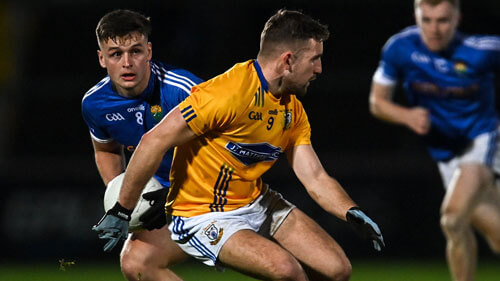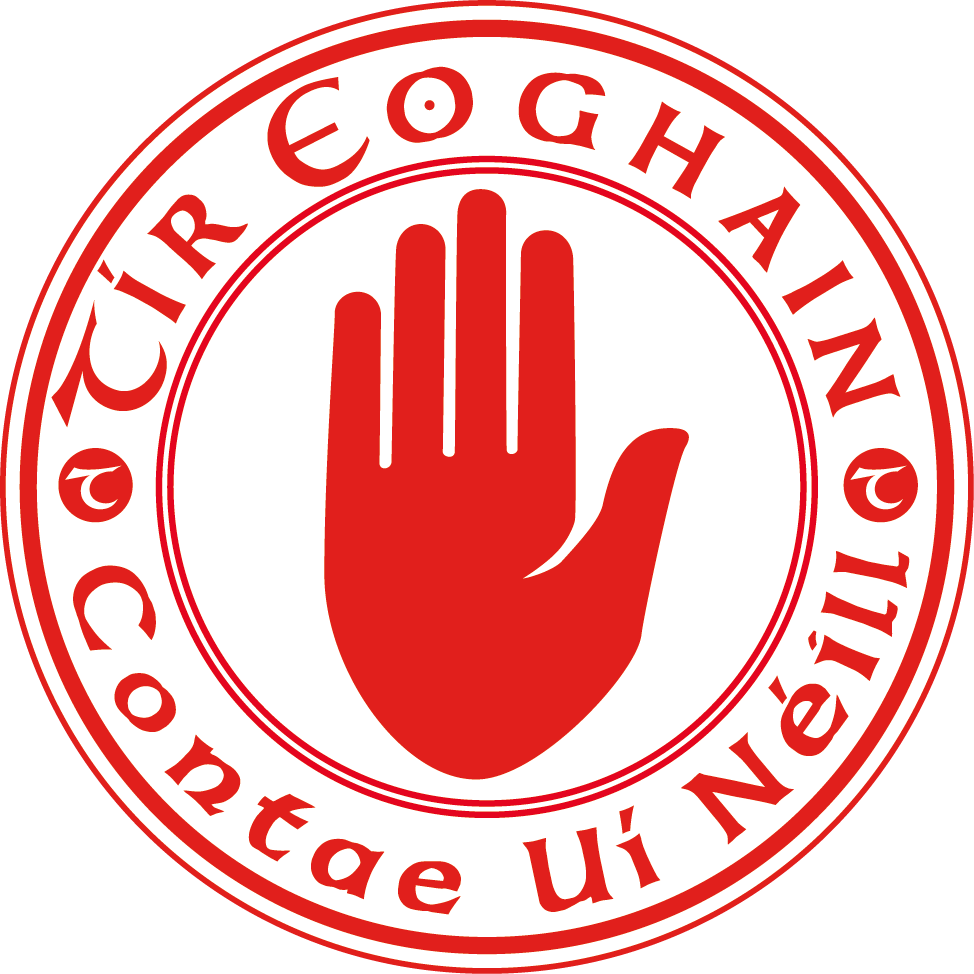Whatever the explanation, it is clear that what the “Ulster Herald” in 1909 described as a “blighting lethargy” had affected the GAA in the county. Apart from a brief revival in 1913-14, this decline continued in the period leading up to the first World War, when there seems to have been no GAA activity at all in the county.
Tyrone’s sole contribution to the GAA in this period was the presentation in 1911 by one of its greatest sons, Dr. George Sigerson of Glenmornan outside Strabane, of the cup for university competitions that still bears his name. This noted figure – in his extraordinary career he was one of Ireland’s foremost experts on nervous disorders, a prolific scientific writer and a member of the first Free State Senate – was also a keen scholar of Irish culture and a supporter of the GAA.
Apart from this lasting contribution of Dr Sigerson, this was a deeply unhappy period for the fledgling GAA in Tyrone. In the nineteen years following the completion of the 1906 county championship, only eight such competitions were held. In part, this of course reflected the tremendous social and political upheaval in Ireland at the time with the advent of the Great War, the War of Independence and the civil war, all of which affected the GAA, other sporting movements and much else besides in Irish life.
This period was characterised by short cycles of resurgence and decline. From late 1916 to the end of 1918 the GAA began to revive in Tyrone and elsewhere in Ulster. In the summer of 1918, several games were played in front of large crowds in defiance of a police requirement for a permit for GAA matches. However, the Association in Tyrone collapsed the following year, and very little organised GAA activity took place in Ulster between 1920 and 1922.












